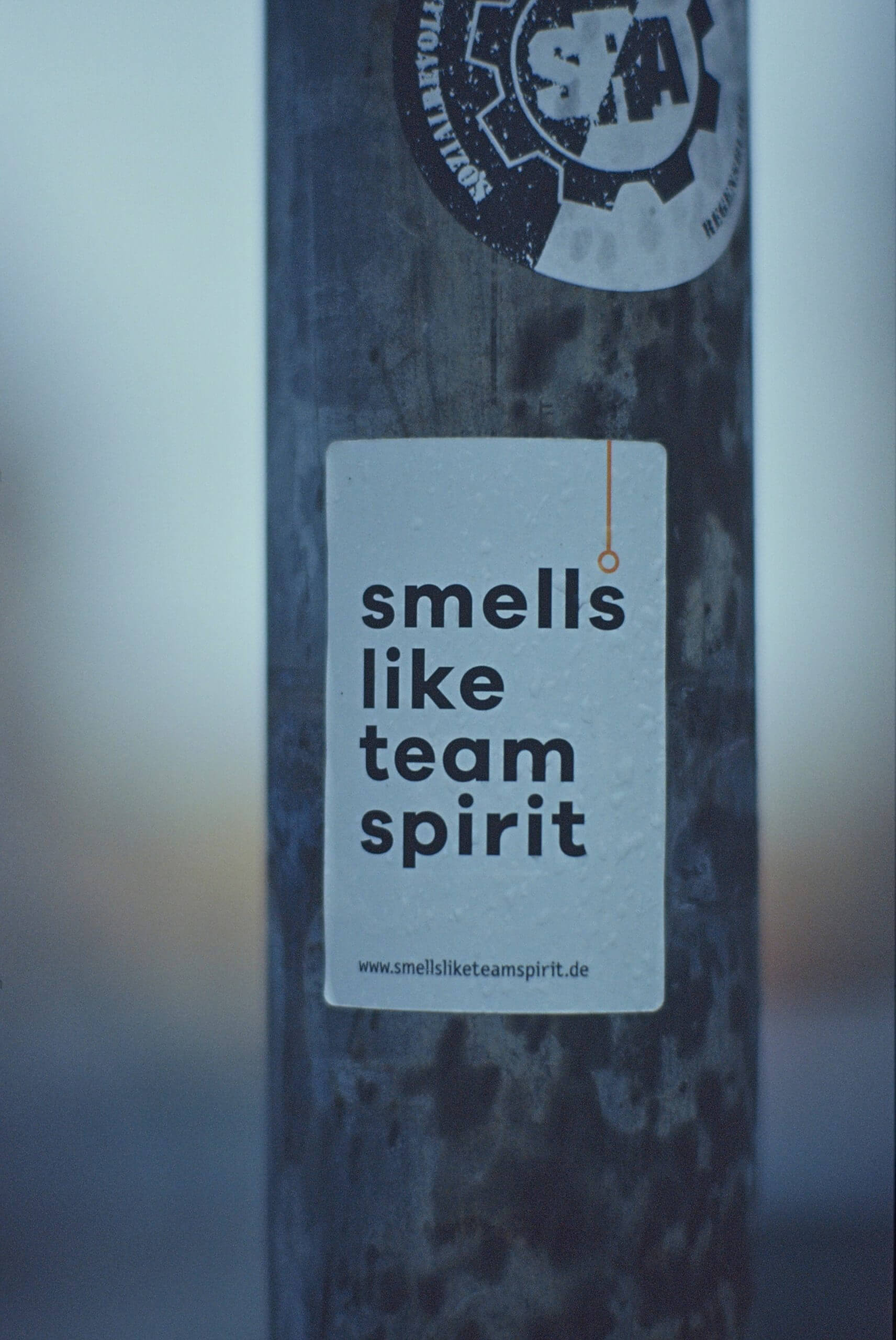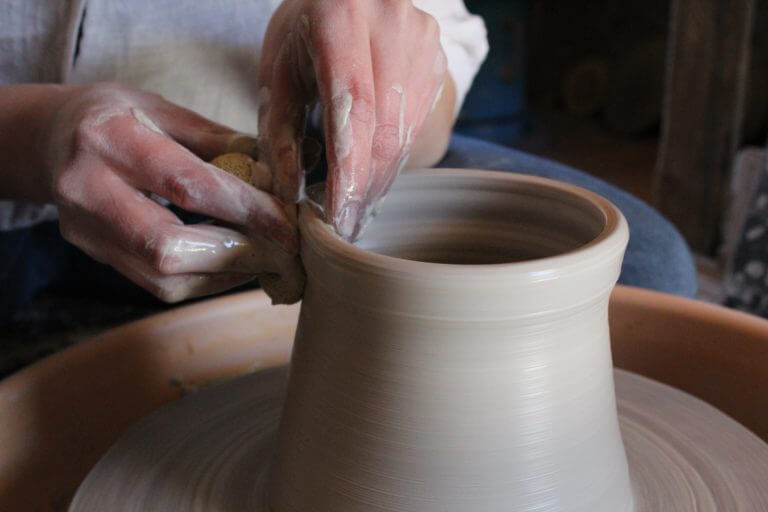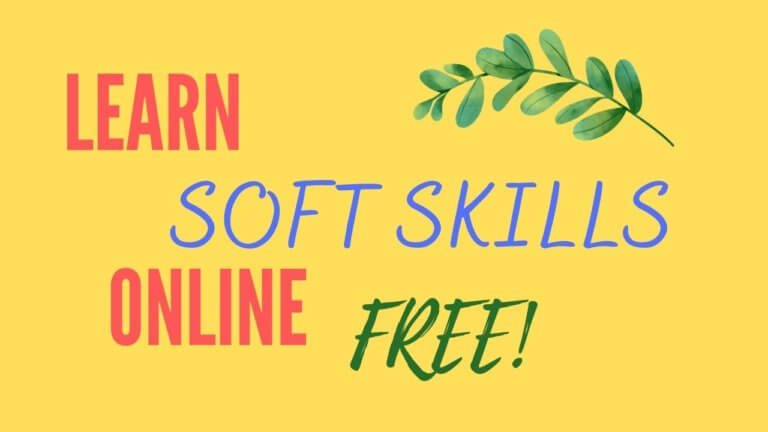How to Improve Soft Skills: 3 Essential Steps
Soft skills are valuable in the modern workplace and are in high demand from employers. They’re personal and behavioral in nature and can help us be more successful in our work and lives. So, how can we improve our soft skills?
Have you ever wondered why some people tend to do really well in their careers, even though their qualifications and experience don’t really stand out?
Or how companies’ hiring practices have been changing, no longer impressed with technical skills or qualifications alone, but rather with abilities to influence, transform and innovate?
At the heart of these observations is a range of skills that are increasingly being recognized for their power to make a difference in our work and lives.
Soft skills. The ability to manage and control your emotions, to communicate, be creative, and build rapport with those around you.
Soft skills are what employers are looking for today and what companies need in order to become more dynamic, interconnected, and flexible.
Jan Bruce, CEO of employee wellness firm meQuilibrium, considers soft skills to be foundational in creating strong employees, teams, and organizations.
But if you want to improve your soft skills, it’s not as straightforward as you may first think. Soft skills are linked to behavior and personality, so improving them requires behavioral change. That’s not easy to do.
In this article, we’ll look at 3 essential steps for successfully improving your soft skills.
What are soft skills?
Soft skills relate to personality traits, behaviors, and interpersonal skills.
Beyond this, there’s no commonly agreed definition but most would consider the following to be clear examples of soft skills:
- creativity
- persuasion
- collaboration
- adaptability
- emotional intelligence
- communication
- teamwork
The first five in the above list were ranked as the most in-demand soft skills by employers in 2020, according to LinkedIn.

Why are soft skills important?
Soft skills allow companies to adapt, innovate, collaborate and deliver superior customer service, according to global training firm Epignosis.
Research conducted by the Stanford Research Institute found that 75% of long-term job success depends on soft skills and only 25% on technical knowledge or hard skills.
A Rutgers University study also showed that leaders with better emotional intelligence delivered 139 percent higher profits with improved customer satisfaction.
Soft skills are in demand, even by companies known for their hard skills capabilities.
A recent study at Google, for instance, a company famed for its analytical and technological prowess, found that soft skills were the most valued skills amongst its top employees.
It’s therefore not surprising that individuals and employers alike are looking closely at their soft skills capabilities.
How to improve soft skills – 3 essential steps
Unfortunately, improving soft skills isn’t always straightforward.
Soft skills are closely related to human behavior, hence developing them requires behavioral change.
This isn’t easy to do. Many people are resistant to new experiences, or have poor social skills, and this can get in the way of improving soft skills.
Soft skills are also hard to measure and therefore difficult to teach through training programs.
A recent Fortune article points out that it isn’t easy to assess progress when training soft skills, and there’s no standard approach for doing so.
But according to Tomas Chamorro-Premuzic, Professor of Business Psychology at University College London, soft skills can be successfully developed with the right approach.
Heide Abelli, senior vice president at training firm Skillsoft, believes that if you want to improve your soft skills the key is to focus on three essential steps:
- Learning
- Introspection
- Practice
These are powerful and can make a real difference in learning and improving soft skills, even for personalities resistant to change.
1. Start by learning
The first step, learning, is a familiar activity for most of us. It’s a matter of acquiring knowledge and information about a particular skill.
Think about communication skills, for instance. They can be verbal, written, or non-verbal. Each has established characteristics and an associated body of knowledge.
If you were learning about verbal communication, you may be taught that it’s good to be clear about what you say, to be concise, and to speak with confidence. This is part of the learning phase of improving verbal communication.
Learning draws on cognitive techniques, ie. identifying, gathering, and remembering information. We’ve been doing this to learn hard skills, such as grammar or mathematics, for most of our lives.
There are many good courses available to help with this learning phase of soft skills.
And despite their behavioral nature, soft skills can even be learned online, allowing access to flexible and cost-effective course options.
But once you’ve learned about a soft skill, how do you make sense of it in a way that you can relate to? How can learning a soft skill lead to a change in behavior?
This is where introspection comes in.
2. Introspection can motivate change, provided it’s done in the right way
Introspection is more of a personal endeavor. It relates to examining your own internal thoughts and feelings. The very term is derived from the Latin for “looking within”.
Given that soft skills are really about behavior, introspection is fundamental to translating knowledge about a soft skill into something that makes sense at a personal level.
It’s through introspection that we can form or modify our beliefs. These beliefs are what motivates our behavior, either to reinforce or detract from our soft skills capabilities.
But there’s a right way and a wrong way to be introspective, according to organizational psychologist and bestselling author Tasha Eurich. When it comes to improving soft skills, what really matters is self-awareness. Introspection is only useful as a way of leading to better self-awareness.
Unfortunately, introspection doesn’t always help with self-awareness though. Research on university students has shown that introspection is often associated with a poor sense of well-being. This inhibits the development and nurturing of soft skills.
But it’s not that introspection isn’t useful, it’s just a matter of doing it in the right way.
Introspection is capable of unleashing unintended consequences, such as unproductive or upsetting emotions. The problem seems to be that introspection leads to asking the question “why?”.
Through her research, Eurich found that this can sometimes cause our brains to mislead us. People tend to fixate on answers that readily come to mind, but these may not be the best answers.
As humans, we tend to suffer from certain behavioral biases, such as confirmation bias or the recency effect. If we’re feeling a certain way about something or someone, even if it’s untrue, we tend to confirm those feelings to ourselves. Especially if we’ve felt that way recently.
During introspection, we sometimes fixate on issues already in our minds rather than moving forwards in our thinking. Introspection can therefore mislead us.
Fortunately, there’s a better way to be introspective according to Eurich. Her research has shown that it’s better to ask the question “what?” rather than “why?”.
Asking “what?” seems to encourage a more objective view of how we may be feeling about something or someone. Asking “why?” often leads to subjective, perhaps negative perceptions.
By reflecting on issues in a more objective manner, we are less likely to blame ourselves, feel victimized, or reinforce negative emotions. This gives us the best chance of being open to change in our beliefs and feelings, and hence develop our soft skill capabilities.
3. Practice brings results (using REPS)
While learning and objective introspection are essential for improving soft skills, it’s practicing those skills that brings them to life.
The good thing about soft skills is that they generally relate to human interactions. This means that there are plenty of opportunities to practice them.
But for practice to be effective, it helps to follow a constructive approach.
Have you ever practiced something over and over again but found that you’re getting nowhere?
If this sounds like you, Jeff Haden, a leading author and keynote speaker, has some good advice. Drawing on the work of Daniel Coyle, a bestselling author on talent and skills development, Haden suggests a method called REPS.
REPS helps to make the most of practice
REPS can help with practicing soft skills more effectively.
The R in REPS is for reaching and repeating.
Practice to the edge of your abilities. Consistently reach in your efforts to practice a new skill, rather than staying within your comfort zone.
This can heighten your sense of awareness and help you learn more from the experience. Once you do this, repeat and reach again.

If you were learning verbal communication skills, for instance, how would you practice them?
There are many opportunities for practice since we communicate verbally every day. But the situations that make you uncomfortable, like speaking up at important meetings, are where you learn the most.
E is for engagement.
The more engaged you are when you practice something, the more attention you’ll give it and the more you’ll improve.
Engagement is about caring. If you care, or are emotionally invested in the outcomes of your practice, the quicker you’ll progress.
Say you wanted to become more persuasive. Each practice session will matter more if you feel strongly about the end goals.
Being persuasive has many benefits. It can improve your ability to negotiate responsibilities at work or directly increase your earnings if you’re in a sales role. The more you are emotionally invested in the benefits, the more engaged you’ll be when practicing persuasion skills.
P is for purposefulness.
The idea here is to link your practice as directly as you can to the skill that you’re trying to improve.
Consider public speaking. While it helps to practice solo, which is useful for preparation, there’s nothing like actually speaking in front of an audience to hone your skills.
S is for strong, speedy feedback.
Feedback is what gives you the information you’ll need to guide yourself towards getting better. If you’re practicing skills that involve other people, seek them out for their opinions on how you went.
Or, if you’re leading a team, improving skills like emotional intelligence can help make you a better leader. Seek feedback from your team. How do you communicate with them? Are you empathetic to their needs? Are you sensitive to their emotions? If you can get open and honest feedback, you’ll know how to adjust your behavior in order to improve.
Conclusion
Soft skills are in demand and receiving increasing attention in the workplace.
They can help us to adapt, innovate, engage better with our friends and colleagues and make us more successful at work and at home. It’s not surprising that many of us want to improve our soft skills.
But soft skills are behavioral in nature and are difficult to develop.
How easy is it to change a person’s behavior? It takes more than merely learning about soft skills to improve them.
The key is to understand that there are three essential steps for improving soft skills: Learning, Introspection, and Practice are all fundamental to the process.
With introspection, we can change our beliefs and modify our behavior, provided we do it in the right way. We should be careful not to get caught up in subjective judgments, but rather to think objectively and in a way that motivates change.
When practicing, it helps to follow the REPS method. By moving out of our comfort zones and engaging our senses, our practice will be more effective.
We should also try to directly link our practice to the outcomes that we seek, and build on feedback whenever possible.
By following these essential steps, we’ll give ourselves the best chance of improving our soft skills and enjoying the success that comes with it.




